Alvis Silver Eagle classic cars for sale
The Alvis Silver Eagle is a pre-war sports car series with strong British engineering credentials, a distinctive six-cylinder engine, and impressive mechanical features for its era. Offered in a range of body styles, the Silver Eagle stands out for its advanced technical solutions and sporting capabilities, making it a rare sight but a rewarding classic car for those seeking originality and performance.
Search results

1934 | Alvis Silver Eagle Sports Tourer
with supercharger

1934 | Alvis Silver Eagle Sports Tourer
Alvis Silver Eagle Open Tourer PRICE REDUCTION! With old school-craftsmanship fully restored and remanufactured in the UK, Longtime ownerships in the UK and Germany, Stunning car to drive and suitable for long trips, Accompanied by lots of documentation
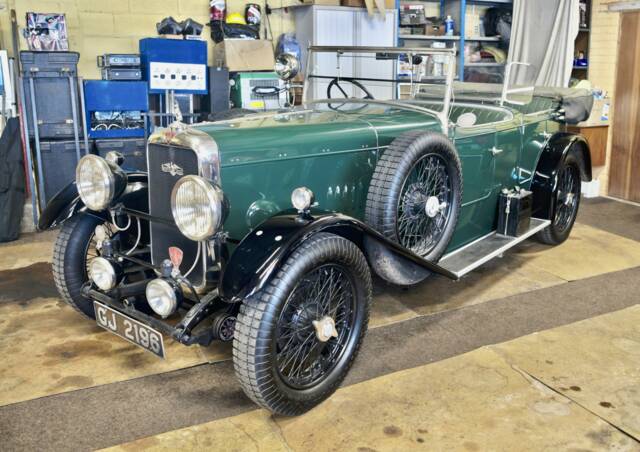
Alvis Silver Eagle listing references from Classic Trader
Below you will find listings related to your search that are no longer available on Classic Trader. Use this information to gain insight into availability, value trends, and current pricing for a "Alvis Silver Eagle" to make a more informed purchasing decision.
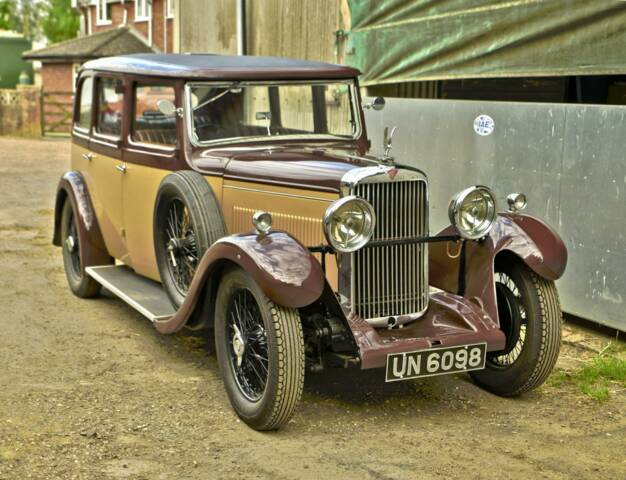
1932 | Alvis Silver Eagle

1934 | Alvis Silver Eagle Sports Tourer
Alvis Silver Eagle Open Tourer With old school-craftsmanship fully restored and remanufactured in the UK, Longtime ownerships in the UK and Germany, Stunning car to drive and suitable for long trips, Accompanied by lots of documentation
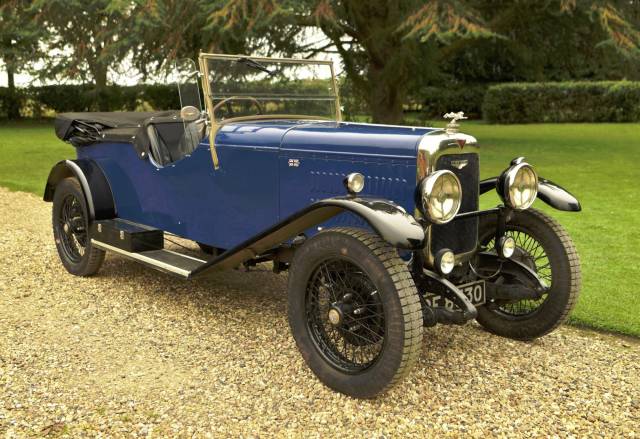
1929 | Alvis Silver Eagle
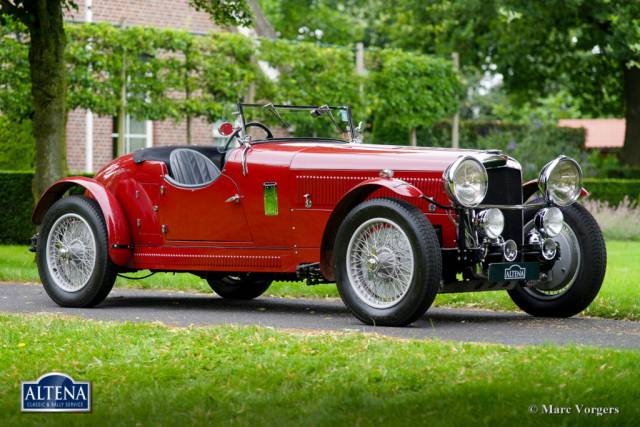
1936 | Alvis Silver Eagle Special

1930 | Alvis Silver Eagle
Alvis Silver Eagle

1931 | Alvis Silver Eagle Sports Tourer
Sporty tourer with a lot of power
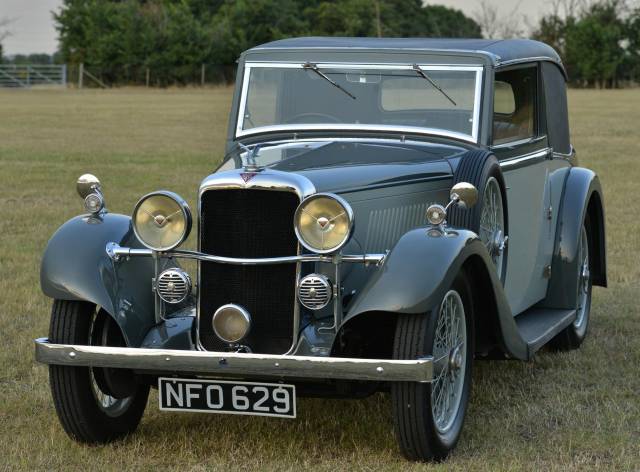
1935 | Alvis Silver Eagle Sports Tourer
Three Carb Sports 2 door coupé
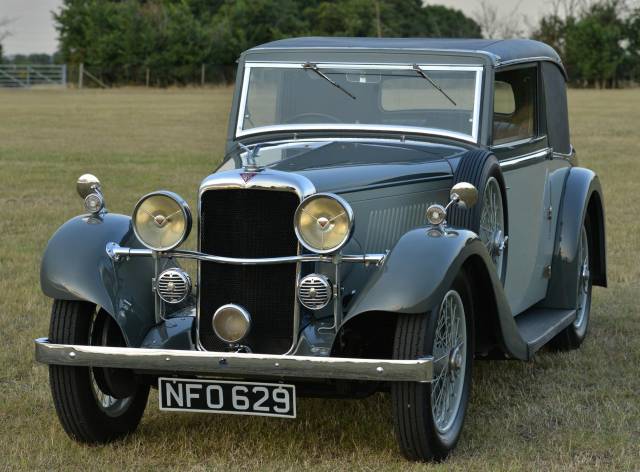
1935 | Alvis Silver Eagle

1935 | Alvis Silver Eagle
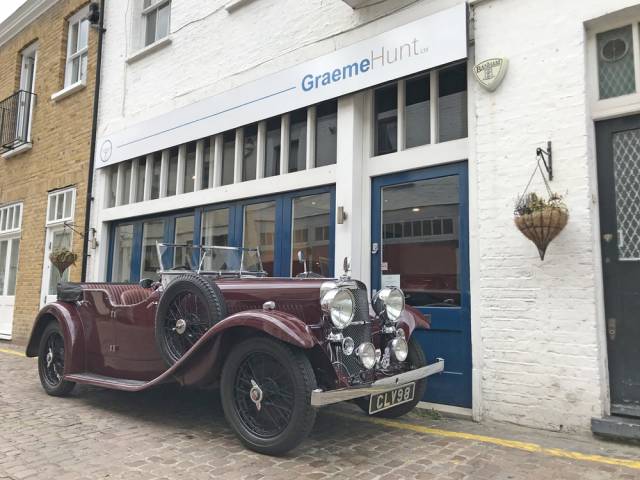
1936 | Alvis Silver Eagle Sports Tourer
1937 Alvis Silver Eagle 4 door tourer by Cross & Ellis
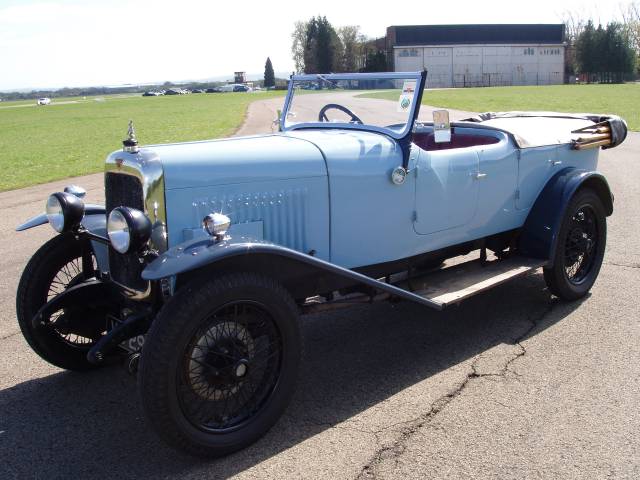
1930 | Alvis Silver Eagle Sports Tourer
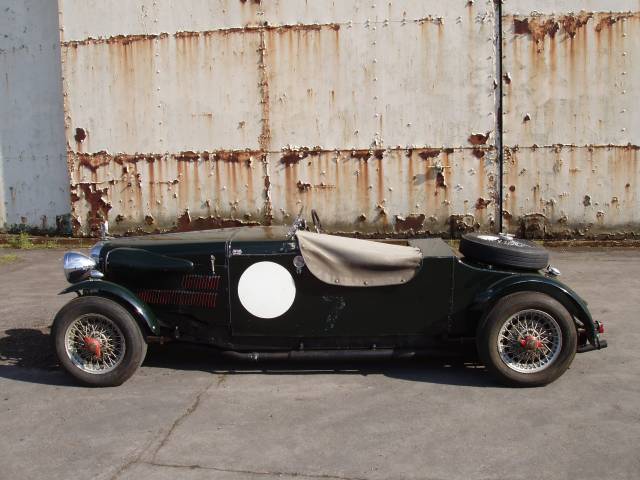
1934 | Alvis Silver Eagle
History of the Alvis Silver Eagle
The Alvis Silver Eagle was introduced at the start of the 1930s, aiming to build on Alvis’s reputation for modern, robust sports cars. Manufactured initially from 1930 to 1931 and later from 1934 to 1936, its production bridged an era of innovation and performance in British motoring. The Silver Eagle emerged as the successor to the Alvis 14.75 and carried forward its predecessor’s mechanical philosophy. Despite production halts, the model returned with further refinements, ensuring Alvis’s presence among competitive sports cars of its time. The Silver Eagle’s engineering and attention to detail set a benchmark and attracted a loyal clientele, thanks in part to its reliability and spirited propulsion.
Model Series Development
The Silver Eagle lineage includes a diverse range of variants: from the initial SA and SG to SB, SC, SD, SE, TA, TB, and TC. The differences span wheelbase lengths, track widths, and body configuration, with choices including saloon, tourer, roadster, and cabriolet. Production from 1927 to 1936 saw about 2,690 units assembled, according to model registers. The series matured technically, receiving updated engines and reinforced braking systems. The Silver Eagle’s direct replacement was the Alvis Silver Crest, which featured further increases in power output and maximum speed, until the Second World War brought the production era to a close. No direct successor followed, and Alvis later moved towards military vehicle and aircraft engine manufacture.
Highlights and Key Features of the Silver Eagle
The Silver Eagle’s reputation was shaped by its six-cylinder engine, which, in later configurations, delivered brisk performance via twin or triple carburettors. The advanced brake system—patented by Alvis—offered enhanced safety, with larger drums and innovative operation for the period. Features such as knock-off wire wheels with Alvis’s jelly mould hub system and an extensive use of grease nipples reflected an approach to maintenance and usability not common in its class. The characteristic dashboard layout, sometimes with unconventional pedal positions, and the transition to walnut veneer dashboards after 1932, mark the Silver Eagle’s evolving interior. Open tourer and saloon bodies by premium coachbuilders contributed to the car’s exclusivity and variety.
Technical Data
Special Editions and Collectors' Models
Various special-bodied Silver Eagles were produced, thanks to partnerships with coachbuilders like Car Bodies (Coventry) and Holbrook. While not formal limited editions, tourer and roadster versions with lightweight or bespoke coachwork are particularly sought after, distinct from the more common saloon variants. Some models featured unique event accessories, such as substantial hood mechanisms and badge bars, reflecting their use in historic rallies and touring events.
Weak Spots and Common Issues
The technical sophistication of the Silver Eagle yields some maintenance focal points: the multi-carburettor systems require precise adjustment for optimal running, while brake drums—despite their innovation—necessitate routine checks for wear and correct setup. The pedal arrangement, which sometimes places the accelerator between clutch and brake, can be unfamiliar and may require acclimatisation. Given their age, attention to the original electrical and lubrication systems is essential, especially where the original grease nipples and dual ignition are still present.
Engine and Performance, Transmission and Handling
Early Silver Eagles carried Alvis’s enlarged straight-six, with later models reaching top speeds approaching 85 mph—remarkable for the period. Power delivery is lively, and with the four-speed manual gearbox and solid rear-driven chassis, the driving experience is dynamic yet manageable, especially in open tourer form. Ride and cornering are aided by Alvis’s attention to weight distribution and chassis rigidity. The robust construction and clear instrumentation make the Silver Eagle ideal for longer, multi-day historic drives, as highlighted by its ease of handling and suitability for family touring. Among the variants, the SG is the most popular in both supply and demand, primarily for its balance of engine development and period-correct coachwork. SA variants, with shorter wheelbases and lighter bodywork, tend to be appreciated by purists seeking an original pre-1932 experience.
Interior, Comfort, Exterior and Design
The Silver Eagle’s design reflects both the pre-war vintage era and the transition to refined interwar motoring. Exteriors were shaped by numerous coachbuilders, producing tourers, cabriolets, and saloons—most featuring signature wire wheels, long hoods, and elegant tail treatments. Interiors paired spartan layout with luxury touches; leather upholstery and aluminium dashboards were standard, with select models introducing walnut veneer after 1932. Accessories such as heavy convertible tops and badge bars for event plaques emphasise the model’s dual sporting and touring potential. The unique pedal arrangement and roomy cabin earned it the reputation of a 'family sports car'.
Other Interesting Features
Notably, Silver Eagles are still eligible and suitable for historic rally participation and extended touring. Their mechanical durability allows for more extensive use than many contemporaries, supported by a design focused on practicality as well as performance. Surviving examples are treasured for these qualities, and many have badges indicating participation in various historic events.
Summary
The Alvis Silver Eagle is a British sports car that merges robust engineering with period luxury and sporting ability. With notable technical and design innovations, as well as a well-documented specialist community, the Silver Eagle continues to appeal to classic car enthusiasts seeking a unique blend of pre-war technology, driving enjoyment, and mechanical integrity.


